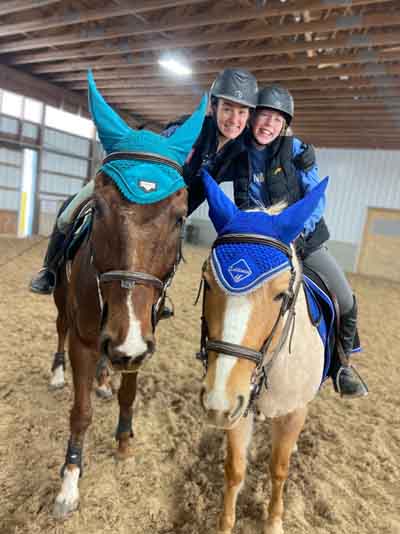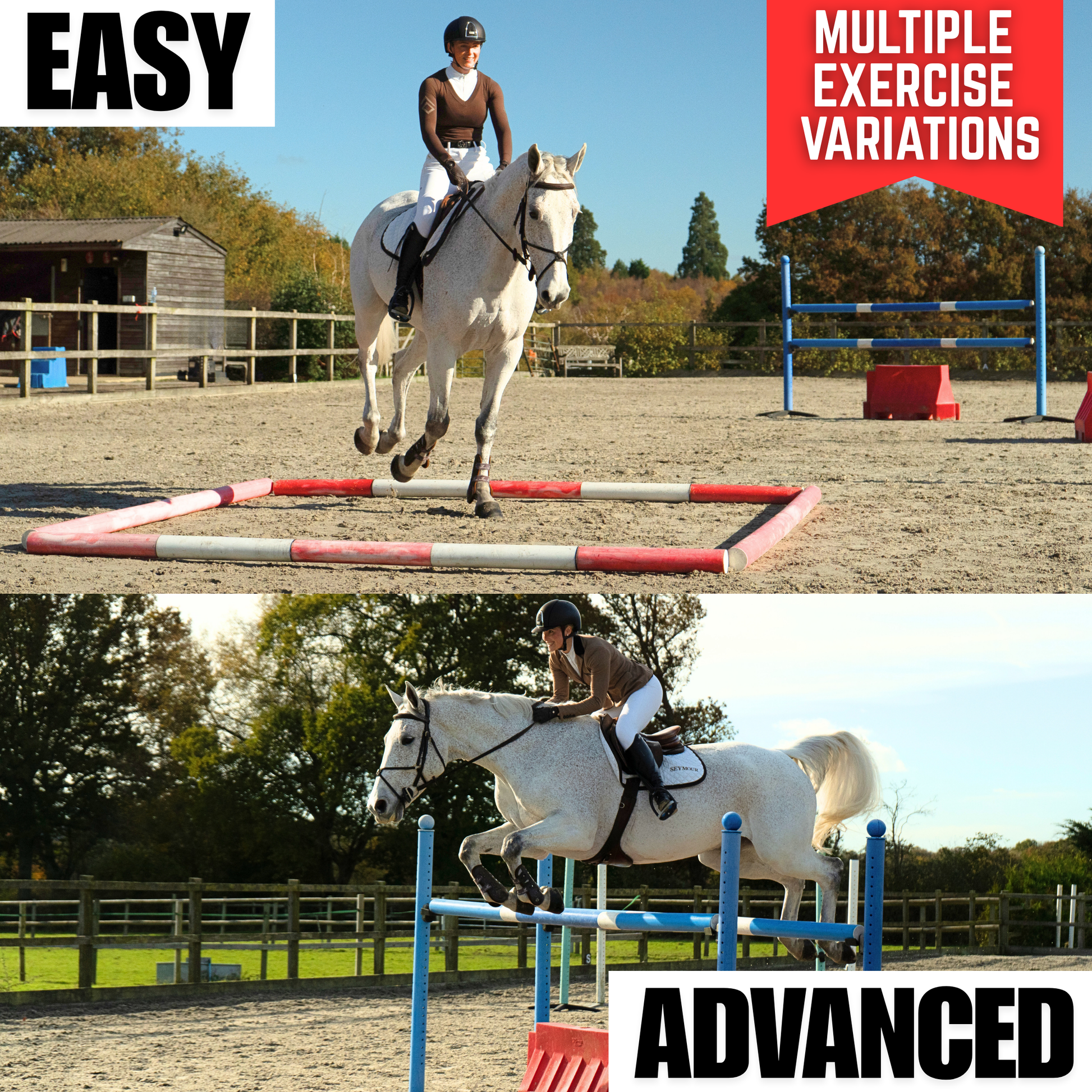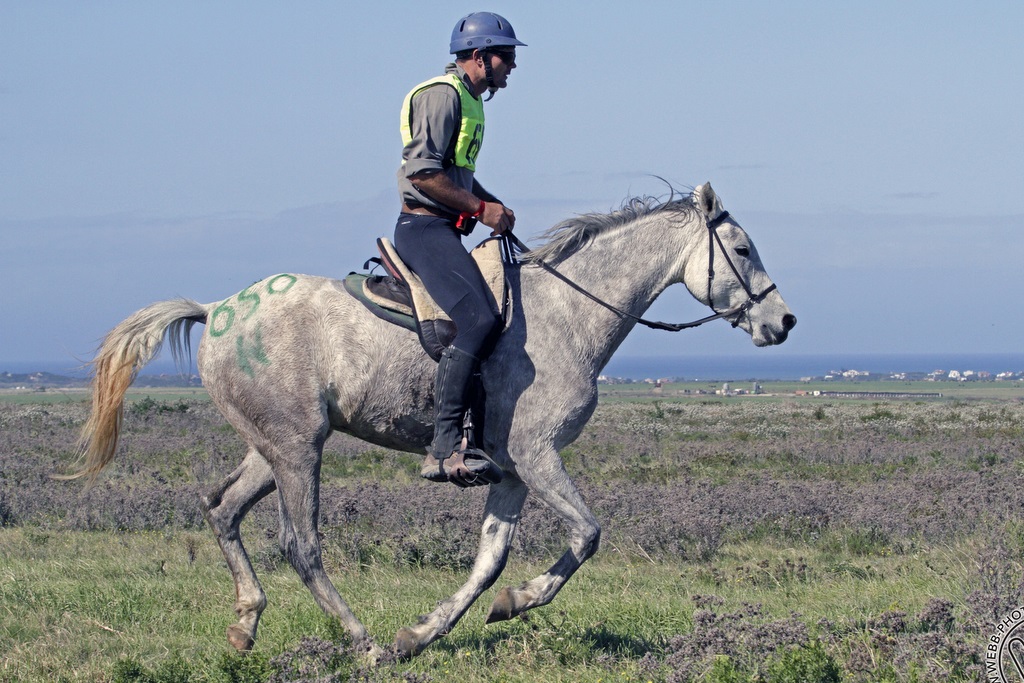Teaching Advanced Movements to Your Horse

Teaching advanced movements to your horse is a rewarding journey that deepens the bond between you and your equine partner. These movements require patience, consistency, and a solid foundation of basic training. This article will guide you through the essential steps, techniques, and tips to successfully teach your horse advanced maneuvers.
Understanding Advanced Movements

Advanced movements go beyond basic commands and include complex maneuvers such as piaffe, passage, pirouette, flying changes, and lateral work like shoulder-in and half-pass. These movements enhance your horse’s balance, strength, and responsiveness.
| Movement | Description | Benefits |
|---|---|---|
| Piaffe | A highly collected trot in place | Improves balance and collection |
| Passage | A slow, elevated trot with suspension | Builds strength and elegance |
| Pirouette | A 360-degree turn on the hindquarters | Enhances agility and control |
| Flying Changes | Quick lead changes during a canter | Increases coordination |
| Shoulder-In | Lateral movement with the horse’s shoulders inward | Develops suppleness and flexibility |
Preparing Your Horse
Before attempting advanced movements, ensure your horse is physically fit and mentally prepared. Warm-up routines should include stretching and basic exercises to loosen muscles and focus the horse.
Key Preparation Steps:
- Physical Conditioning: Regular exercise to build muscle and stamina.
- Mental Readiness: Use positive reinforcement to keep your horse motivated.
- Basic Training Mastery: Confirm your horse responds well to fundamental aids.
Teaching Techniques
Step-by-Step Approach
- Introduce the Movement: Use clear cues and demonstrations.
- Break Down the Movement: Teach in small, manageable parts.
- Use Consistent Aids: Maintain the same signals for clarity.
- Reward Progress: Positive reinforcement encourages learning.
- Practice Regularly: Short, frequent sessions yield the best results.
Tools and Equipment
- Dressage saddle for better rider position.
- Training aids like side reins or ground poles.
Common Challenges and Solutions
| Challenge | Solution |
|---|---|
| Horse resistance | Increase groundwork and patience |
| Loss of balance | Focus on core strengthening exercises |
| Confusion with cues | Simplify aids and repeat consistently |
Frequently Asked Questions (FAQ)
Q1: How long does it take to teach advanced movements?
A: It varies depending on the horse’s age, experience, and training frequency, but expect several months to years.
Q2: Can any horse learn advanced movements?
A: Most horses can learn with proper training, but physical limitations may apply.
Q3: How do I know if my horse is ready?
A: Look for physical fitness, mental focus, and mastery of basic commands.
Conclusion
Teaching advanced movements is a gradual process that strengthens your partnership and enhances your horse’s abilities. With patience, consistent training, and the right approach, you can achieve impressive results that showcase your horse’s talent and your dedication as a rider.
